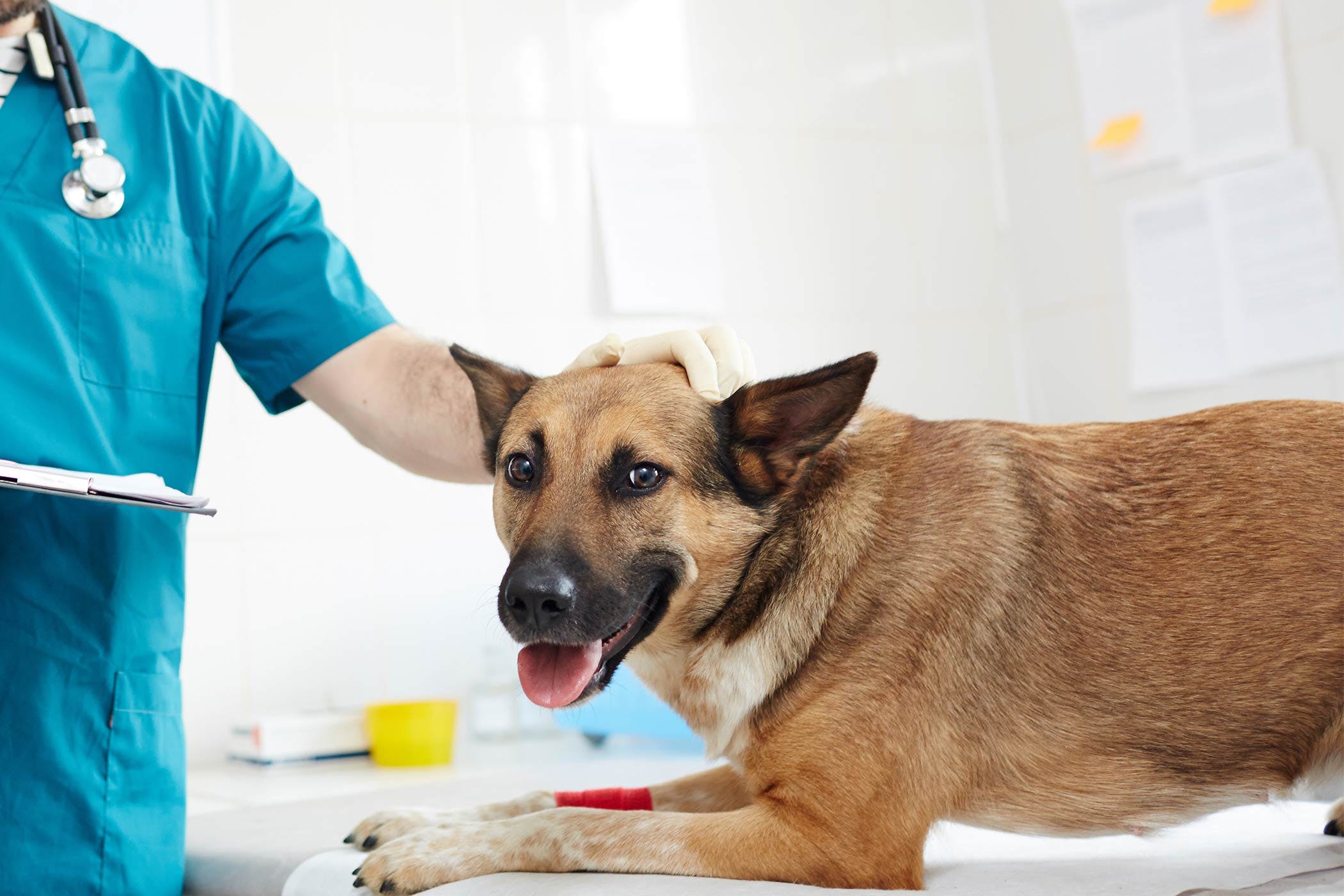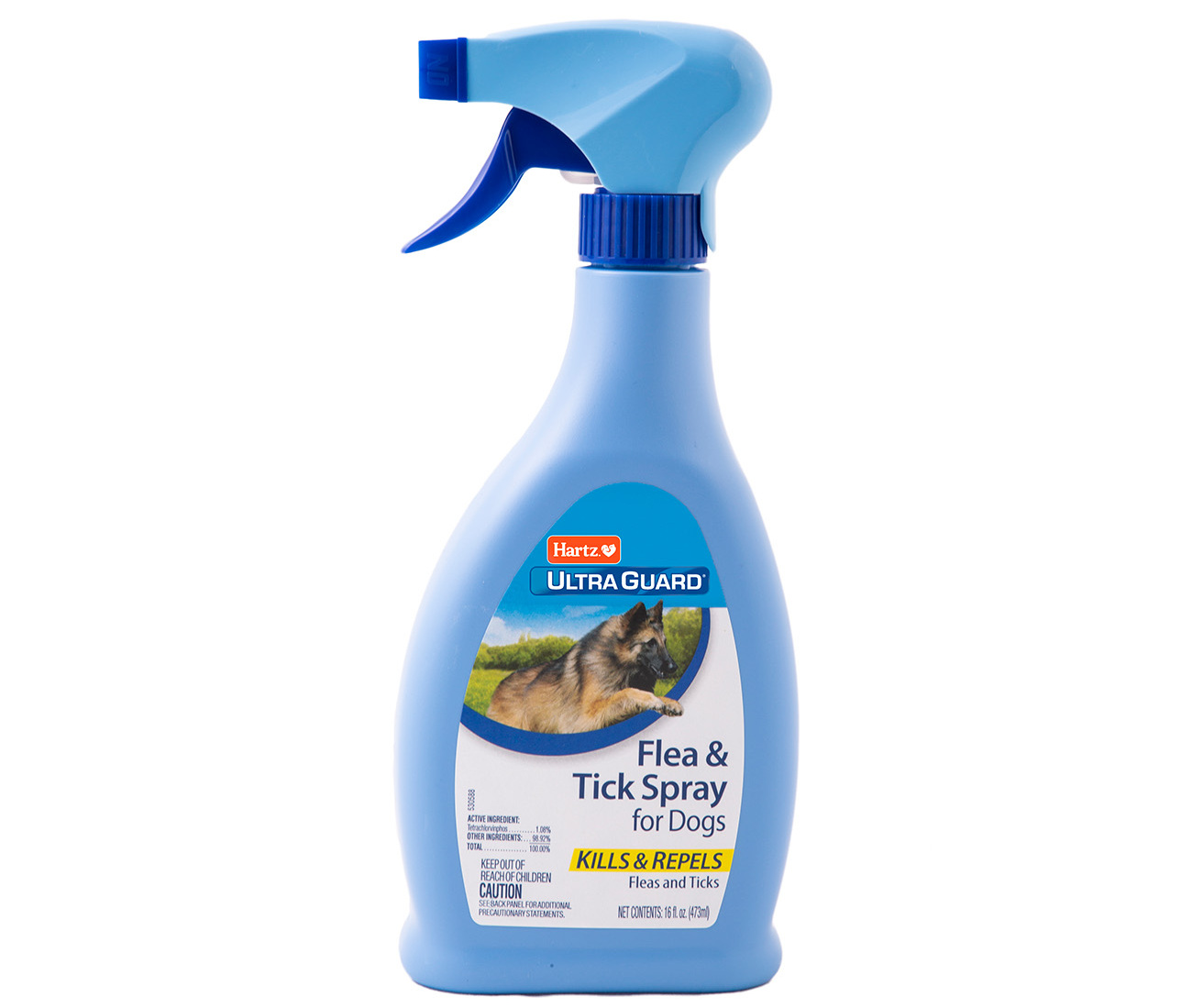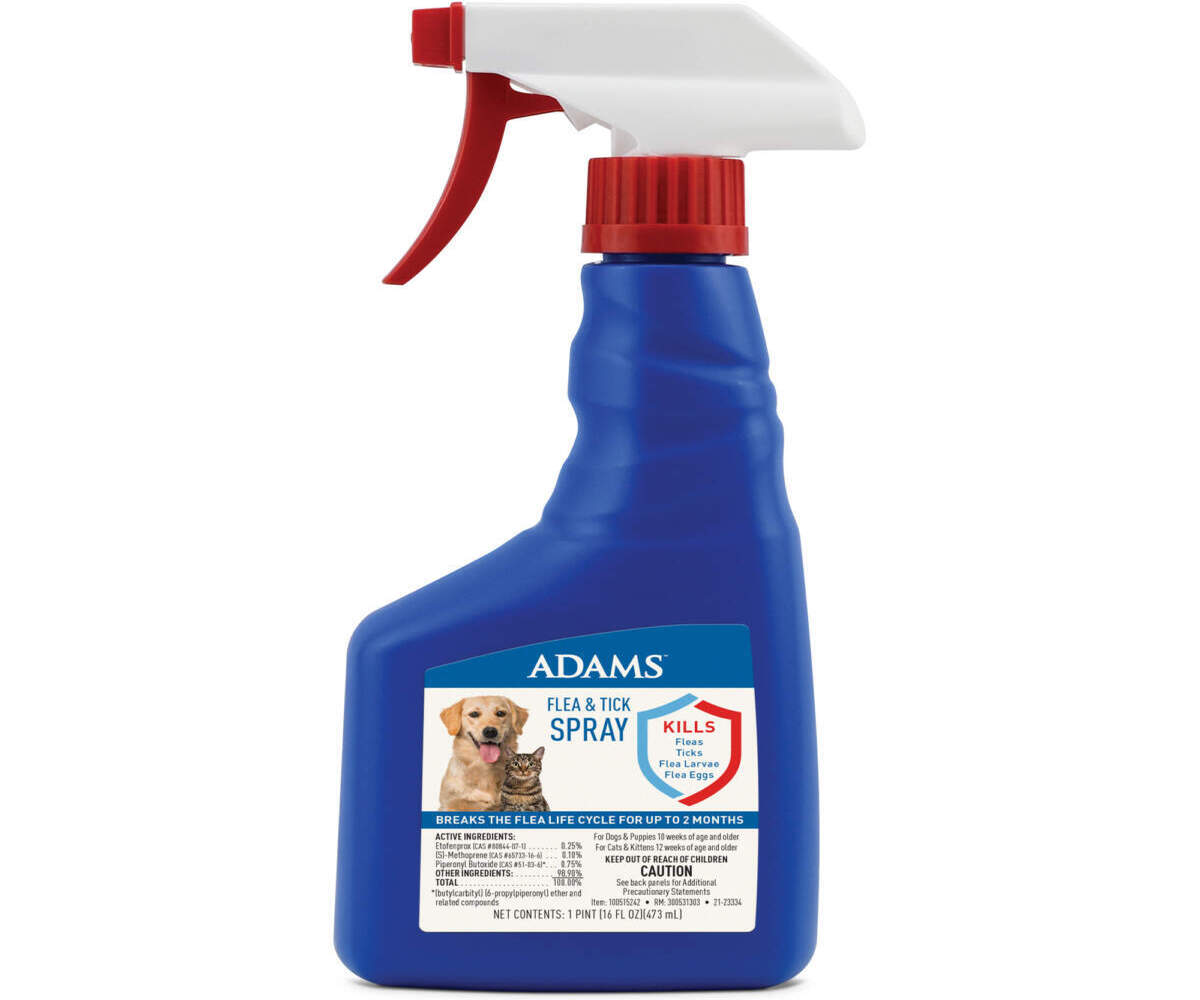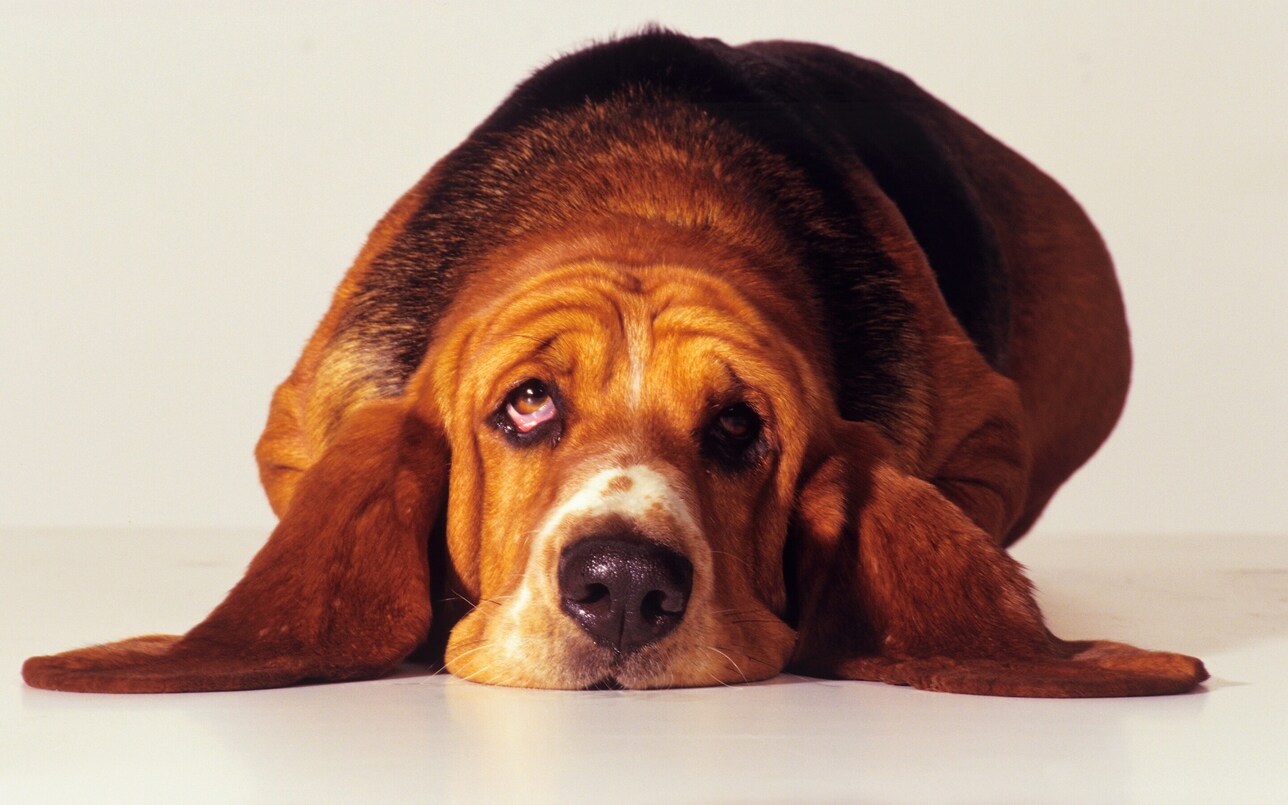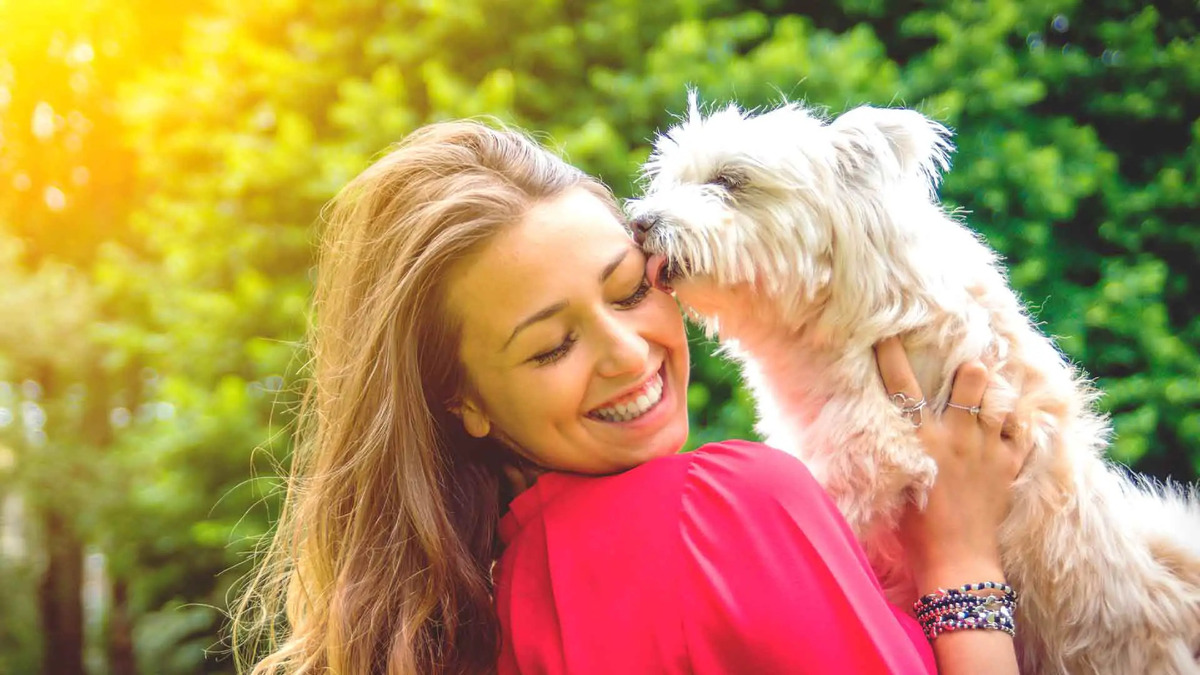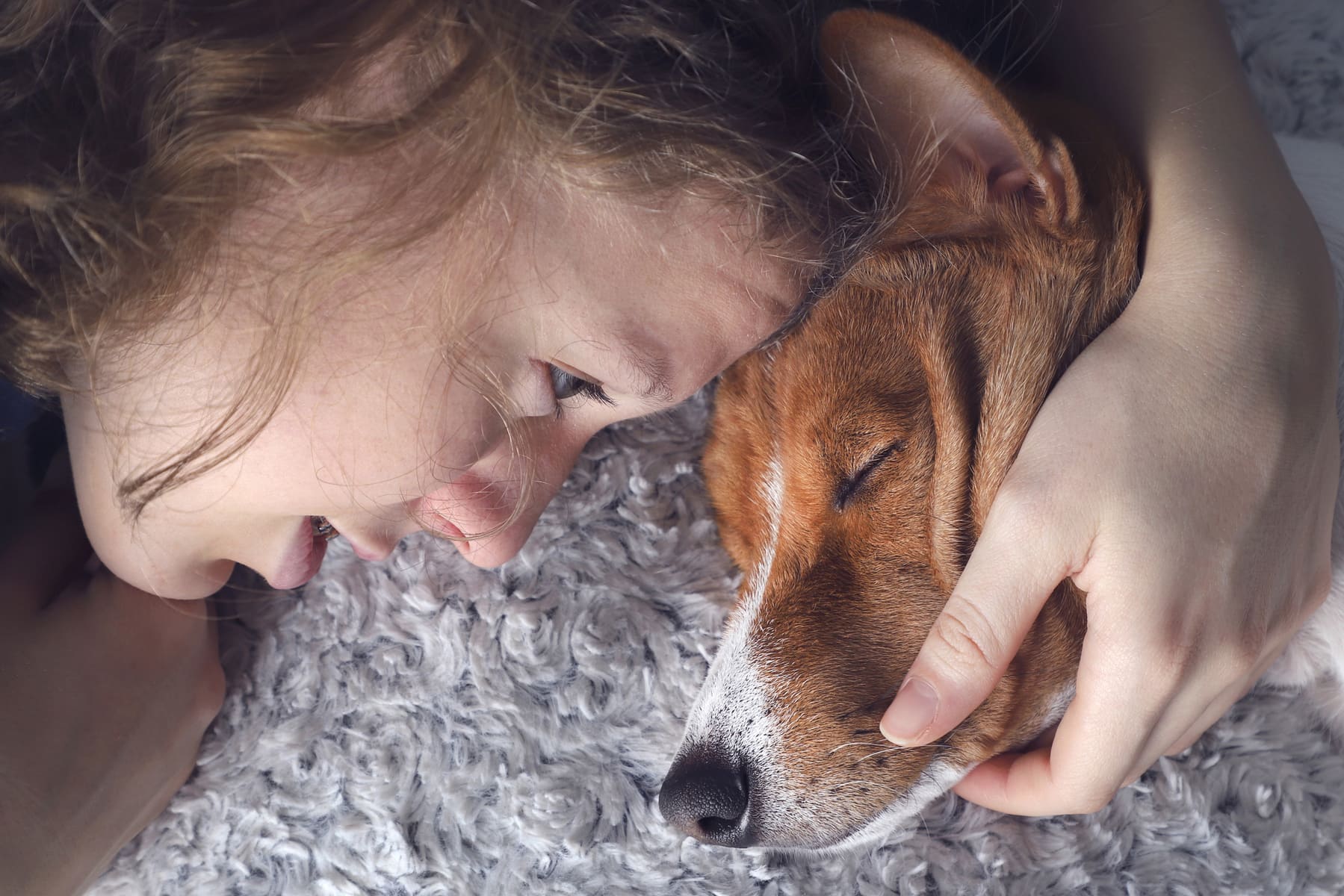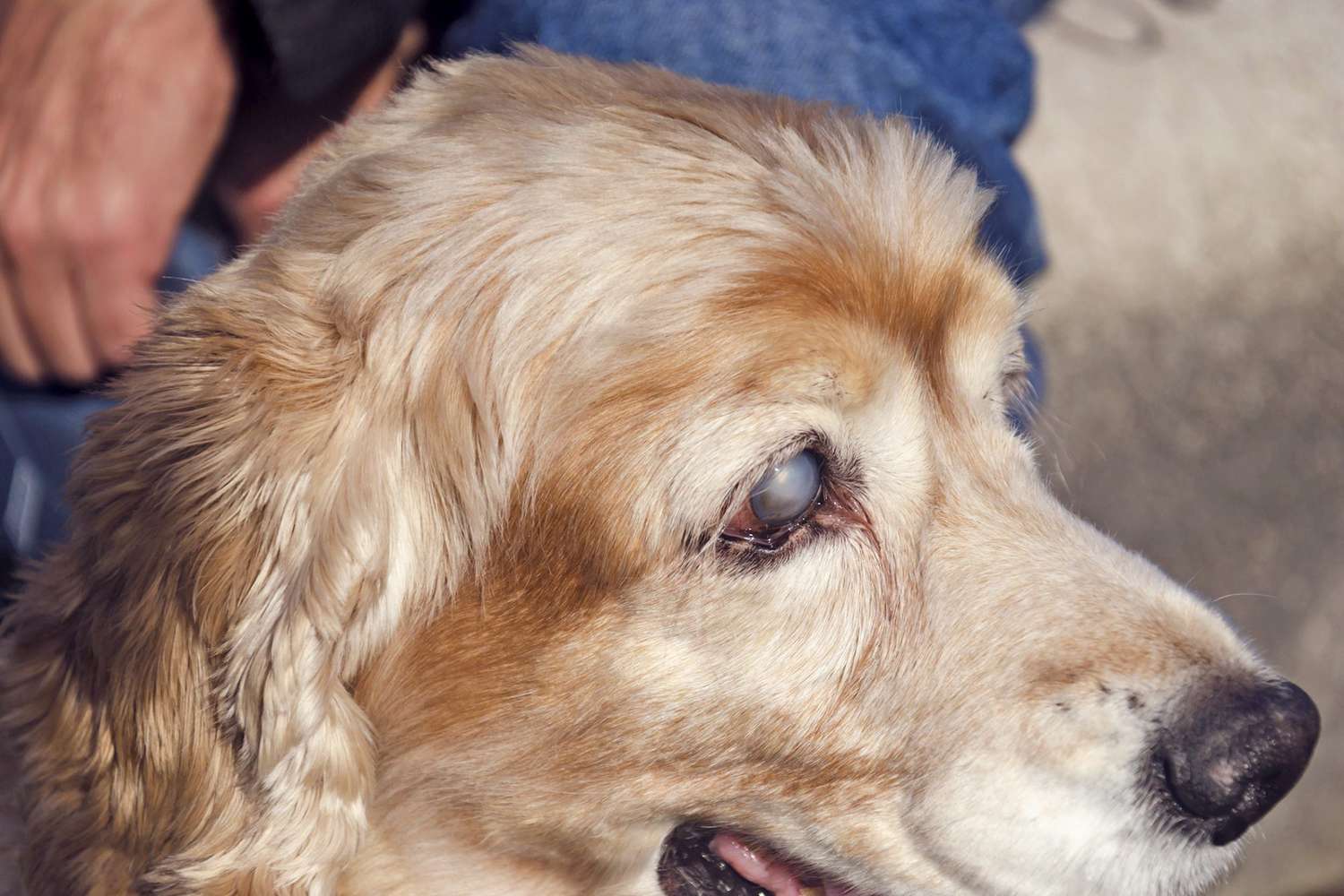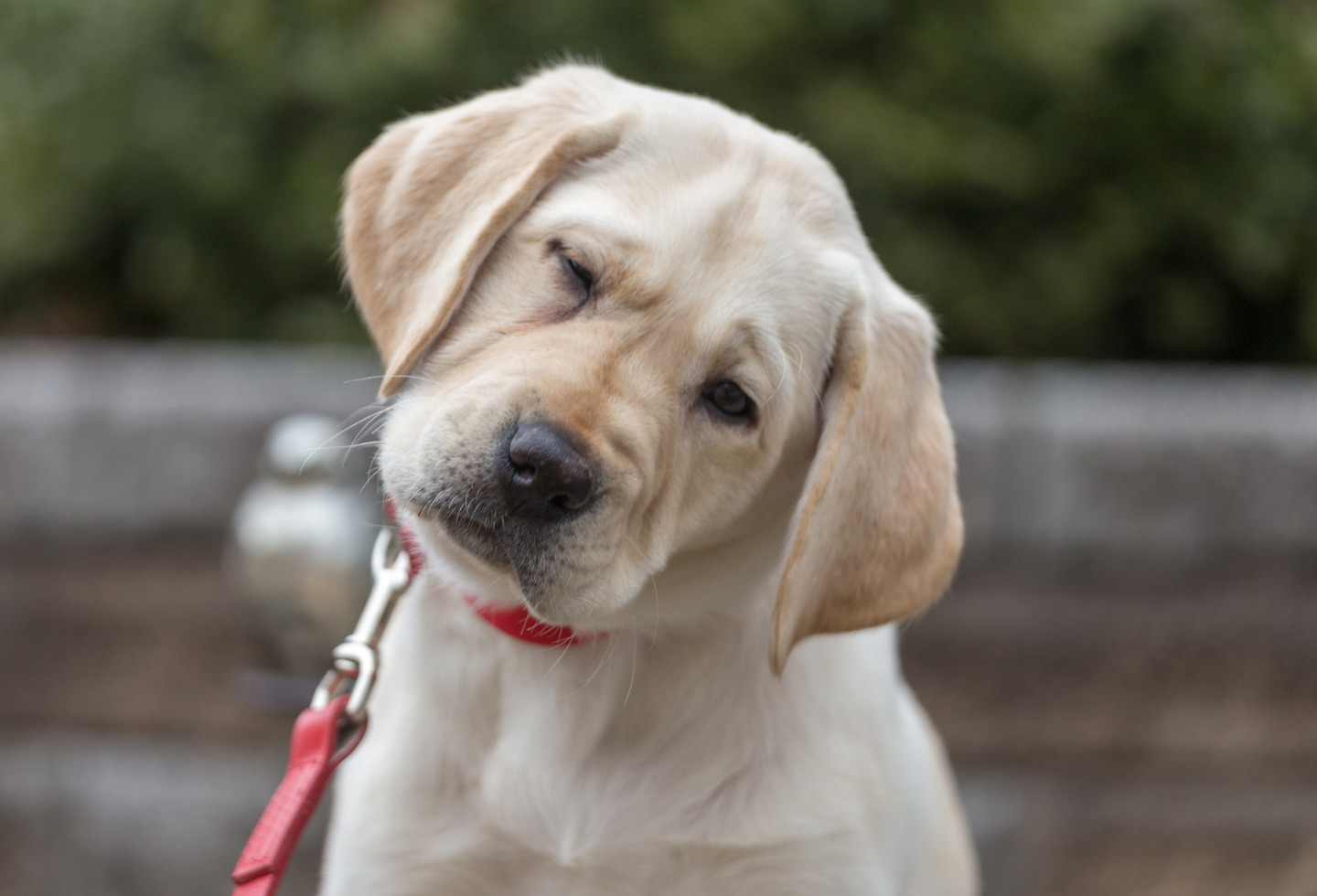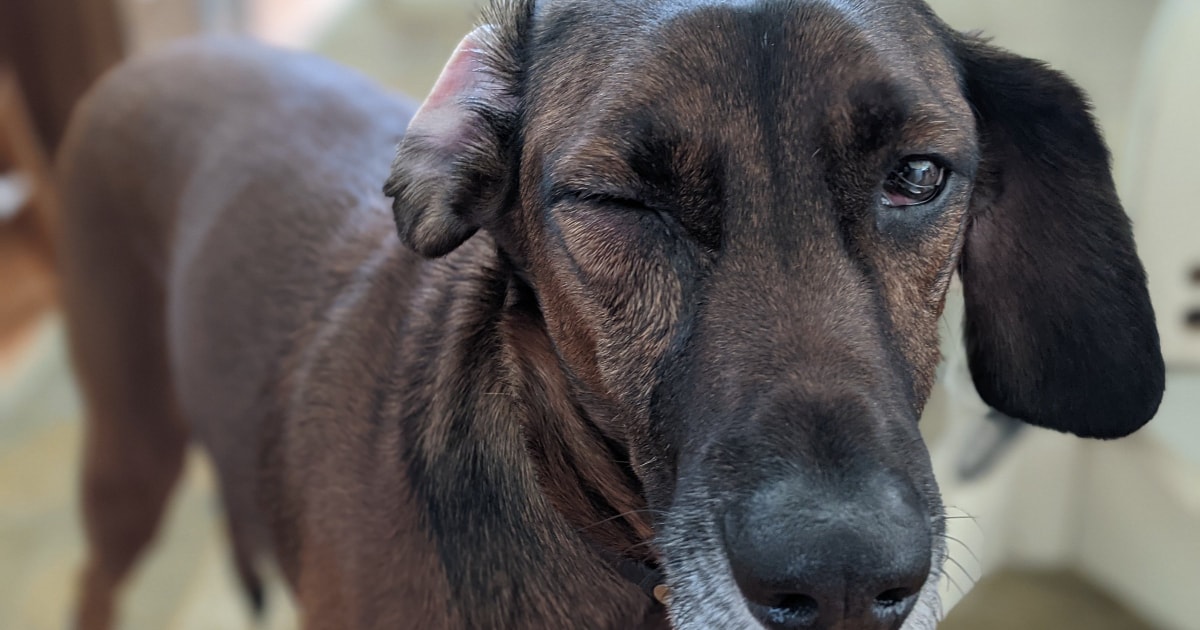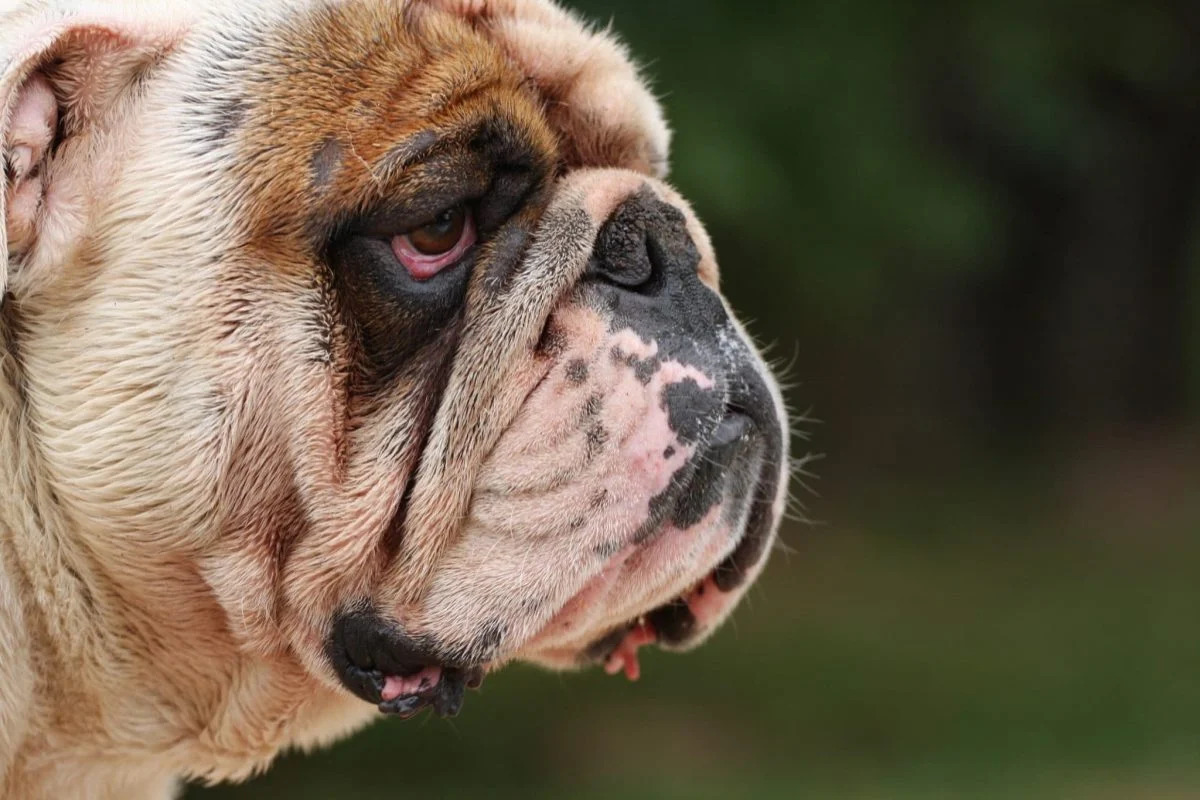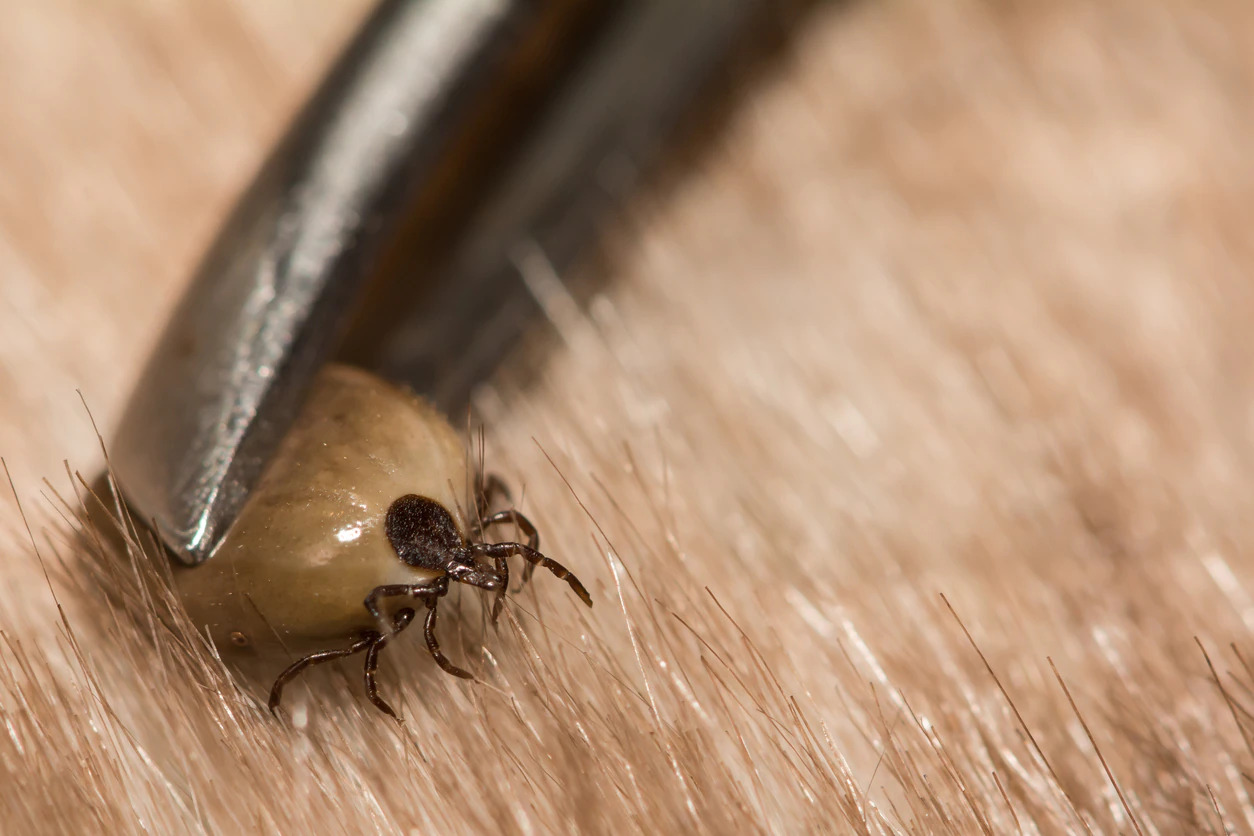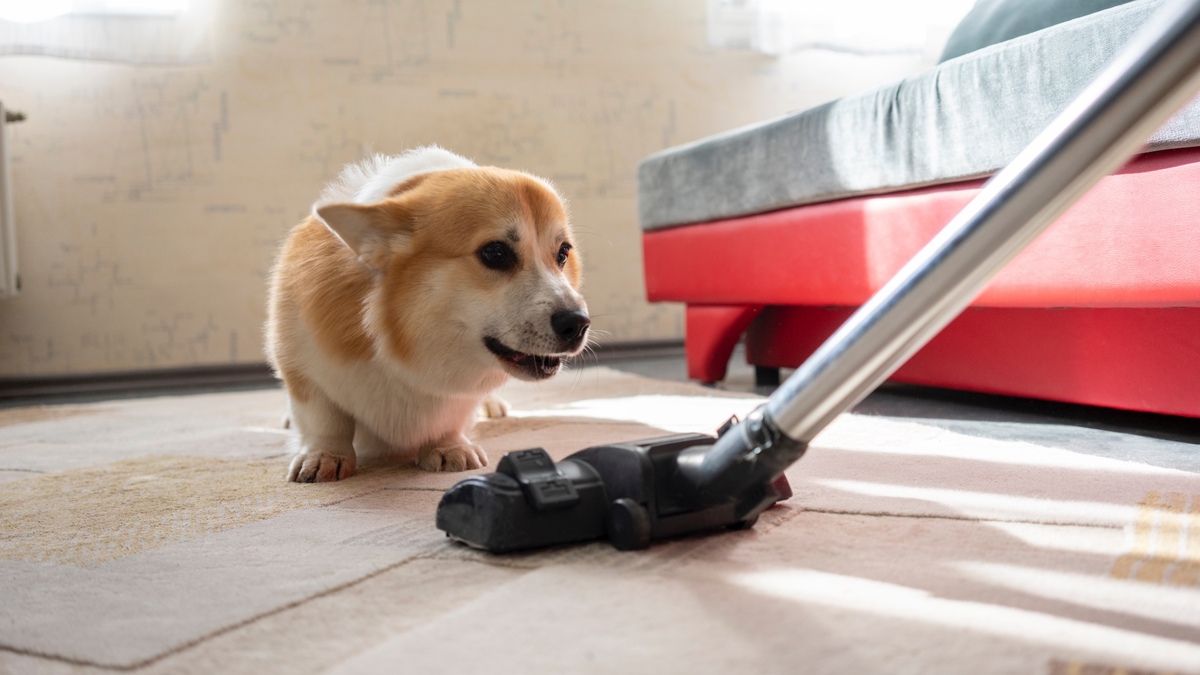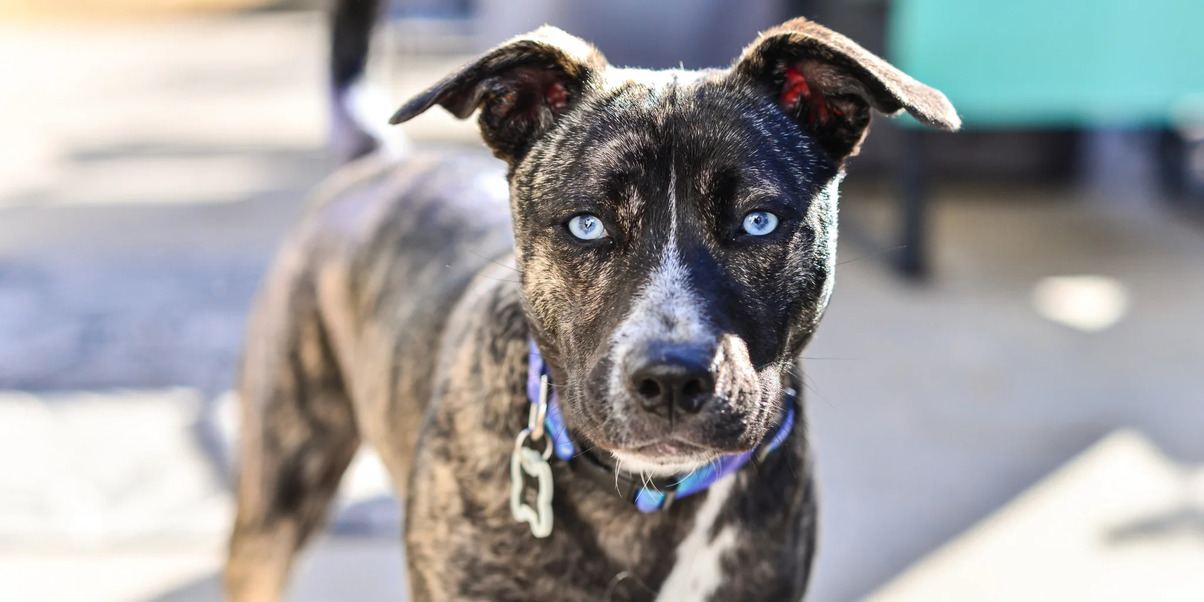Home>Health & Wellness>Common Health Issues>Eye and Ear Health>How To Know If Your Dog Was Sprayed By A Skunk In The Eye
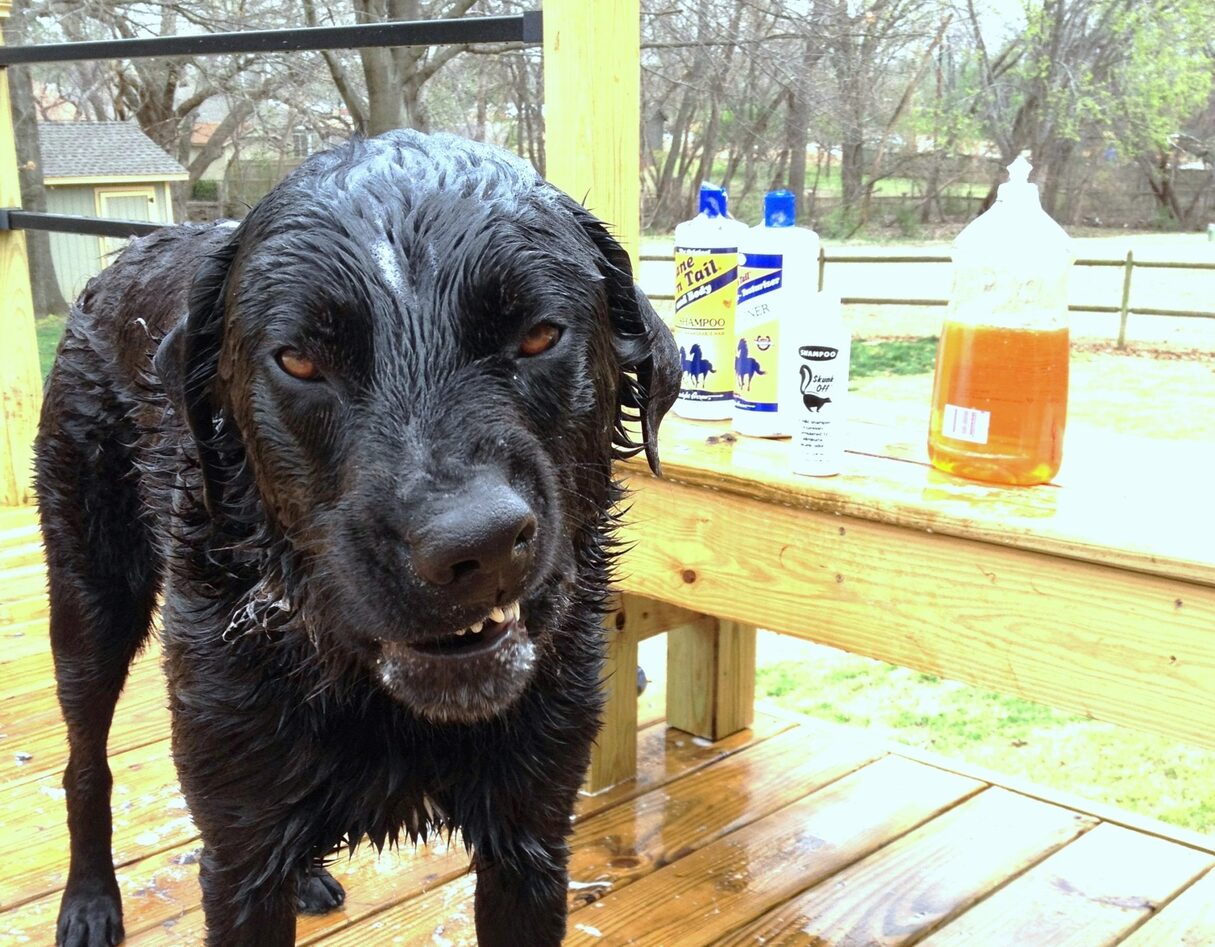

Eye and Ear Health
How To Know If Your Dog Was Sprayed By A Skunk In The Eye
Published: February 11, 2024
Learn how to identify if your dog has been sprayed by a skunk in the eye and how to maintain their eye and ear health. Expert tips for pet owners.
(Many of the links in this article redirect to a specific reviewed product. Your purchase of these products through affiliate links helps to generate commission for Pawsomeoldies.com, at no extra cost. Learn more)
Table of Contents
Introduction
Imagine this scenario: your beloved furry friend comes bounding into the house, and before you can even process what's happening, a pungent, overpowering odor fills the air. Your dog has been sprayed by a skunk, and the unfortunate target was their eye. The distinctive, lingering scent of skunk spray is unmistakable, and dealing with its aftermath can be quite the challenge.
Skunk spray contains volatile thiols that can cause intense irritation and discomfort, particularly if it comes into contact with the eyes. As a responsible pet owner, it's crucial to be prepared for such situations and know how to address them effectively. Understanding the signs that indicate your dog has been sprayed by a skunk in the eye, along with the appropriate steps to take, can make a significant difference in ensuring your pet's well-being and comfort.
In this article, we will delve into the telltale signs that your dog has fallen victim to a skunk's potent spray in the eye, as well as the best course of action to alleviate their distress. Additionally, we will explore proactive measures to prevent future encounters with skunks, safeguarding both your pet's ocular health and your olfactory senses. So, let's embark on this insightful journey to equip ourselves with the knowledge and strategies necessary to handle such a stinky situation with grace and efficacy.
Read more: How To Know If Your Dog Is Allergic To Yeast
Signs that your dog was sprayed by a skunk in the eye
-
Intense Squinting and Blinking: If your dog is repeatedly squinting or blinking their eye, it could indicate that the skunk spray has caused irritation and discomfort.
-
Excessive Tearing: A sudden increase in tear production from the affected eye is a common sign of irritation caused by skunk spray. The eye may appear watery and inflamed.
-
Redness and Swelling: The eye that has been sprayed by a skunk may exhibit redness and swelling, indicating an inflammatory response to the potent spray.
-
Rubbing or Pawing at the Eye: Your dog may attempt to alleviate the discomfort by rubbing or pawing at the affected eye. This behavior is a clear indicator of ocular distress.
-
Unpleasant Odor: In addition to the visual symptoms, the distinct, pungent odor of skunk spray emanating from your dog's eye is a definitive sign of a skunk encounter.
-
Discharge: The affected eye may produce a discharge, which can range from clear and watery to thicker and more opaque, depending on the severity of the irritation.
-
Sensitivity to Light: Your dog may display sensitivity to light, known as photophobia, by avoiding bright light or exhibiting discomfort when exposed to it.
-
Behavioral Changes: If your dog is displaying unusual behavior such as restlessness, agitation, or seeking isolation, it could be a response to the discomfort caused by the skunk spray in their eye.
-
Physical Discomfort: Overall, your dog may exhibit signs of physical discomfort, such as reluctance to open the affected eye, excessive blinking, or a general unease.
Recognizing these signs promptly is crucial for addressing the situation effectively and providing your dog with the necessary care and relief. If you observe these symptoms in your dog, it's essential to take immediate action to mitigate their discomfort and prevent any potential complications associated with skunk spray exposure to the eye.
What to do if your dog was sprayed by a skunk in the eye
Upon discovering that your dog has been sprayed by a skunk in the eye, it's essential to act swiftly and methodically to alleviate their discomfort and minimize the lingering effects of the potent spray. Here's a step-by-step guide on what to do if your dog falls victim to this stinky encounter:
-
Assess the Situation: Approach your dog calmly and assess the extent of the skunk spray's impact on their eye. Be mindful of your pet's behavior and any signs of distress they may exhibit.
-
Protect Yourself: Before proceeding, it's crucial to protect yourself from the pungent odor of skunk spray. Consider wearing gloves and old clothing that can be easily discarded or washed separately.
-
Flush the Eye: Using a gentle, pet-safe eyewash solution or a saline solution, carefully flush your dog's affected eye to help remove the skunk spray residue and soothe any irritation. Ensure that the solution is at room temperature to prevent further discomfort.
-
Seek Veterinary Guidance: Contact your veterinarian promptly to seek their professional advice on the best course of action. They may recommend specific eye drops or ointments to alleviate the irritation and prevent any potential complications.
-
Avoid Rubbing the Eye: Encourage your dog to refrain from rubbing or pawing at the affected eye, as this can exacerbate the irritation and potentially cause injury.
-
Bathe Your Dog: Give your dog a thorough bath using a specialized pet shampoo designed to neutralize skunk odor. Be cautious not to let the shampoo come into contact with their eyes.
-
Provide Comfort and Reassurance: Throughout the process, offer your dog comfort and reassurance to help alleviate their distress. Gentle petting and soothing words can go a long way in providing emotional support.
-
Monitor for Changes: Keep a close eye on your dog's behavior and the condition of their eye in the hours following the skunk encounter. If you notice any worsening symptoms or unusual changes, contact your veterinarian immediately.
-
Preventive Measures: Take proactive measures to prevent future skunk encounters, such as securing your property, using deterrents, and being mindful of potential skunk habitats during outdoor activities with your dog.
By following these steps and seeking professional guidance, you can effectively address the aftermath of your dog being sprayed by a skunk in the eye. Prompt and attentive care is crucial in ensuring your pet's comfort and well-being during this challenging situation.
Preventing future skunk encounters
Preventing future skunk encounters is essential for safeguarding your dog's well-being and maintaining a harmonious coexistence with these nocturnal creatures. Implementing proactive measures to deter skunks from your property and being mindful of potential encounter scenarios can significantly reduce the likelihood of future unpleasant run-ins. Here are effective strategies to prevent future skunk encounters:
Secure Your Property
Securing your property is a fundamental step in minimizing the risk of skunk encounters. Seal off any potential entry points, such as gaps under porches, sheds, or decks, to prevent skunks from seeking shelter on your premises. Additionally, ensure that your garbage bins are tightly sealed to deter skunks from scavenging for food waste.
Read more: How To Know If Your Dog Is Allergic
Outdoor Lighting
Installing motion-activated outdoor lighting can serve as a deterrent for skunks, as they prefer dimly lit environments. Illuminating key areas of your property, especially at night, can discourage skunks from venturing close to your home.
Remove Attractants
Eliminating potential attractants can help reduce the likelihood of skunks visiting your property. Avoid leaving pet food or water bowls outside, as these can entice skunks and other wildlife. Furthermore, promptly remove fallen fruits from trees and secure compost bins to minimize potential food sources for skunks.
Use Natural Deterrents
Utilize natural deterrents, such as ammonia-soaked rags or cotton balls, strategically placed near entry points or areas frequented by skunks. The strong odor of ammonia can act as a repellent, discouraging skunks from lingering in close proximity to your home.
Professional Exclusion Services
Consider enlisting the services of wildlife exclusion professionals to assess and fortify your property against skunk intrusion. These experts can identify vulnerable areas and implement tailored exclusion measures to prevent skunks from gaining access to your property.
Read more: How Do You Know If Your Dog Has Anxiety
Vigilance During Outdoor Activities
Remain vigilant during outdoor activities with your dog, especially during dawn and dusk when skunks are most active. Keep your dog on a leash and avoid allowing them to roam freely in areas where skunks are likely to frequent, such as wooded areas or brushy landscapes.
Skunk-Resistant Landscaping
Incorporate skunk-resistant landscaping practices by minimizing dense shrubbery and creating open, well-maintained spaces around your property. This approach reduces potential hiding spots for skunks and makes your property less appealing as a habitat.
By implementing these preventive measures, you can significantly reduce the risk of future skunk encounters, thereby promoting a safer and more harmonious environment for both your dog and the local wildlife. Taking proactive steps to deter skunks from your property contributes to the well-being of your pet and fosters a peaceful coexistence with these fascinating but pungent creatures.
